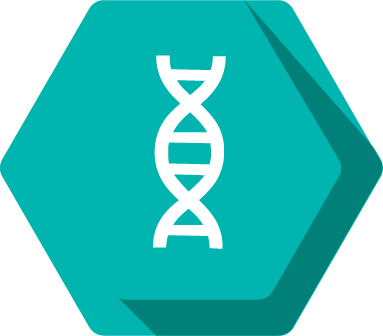Maisha Pal

Research Mentor(s): Debbie Gipson, Professor of Pediatrics
Research Mentor School/College/Department: Pediatrics/Nephrology, Michigan Medicine
Presentation Date: Thursday, April 22, 2021
Session: Session 1 (10am-10:50am)
Breakout Room: Room 7
Presenter: 3
Abstract
Introduction: Nephrotic syndrome is a rare, chronic disease in children that results in severe edema, poor quality of life, extended treatment with immunosuppressive medications, increased risk for acute kidney injury, thromboembolism, hypertension, growth disturbances, hospitalizations, and mortality. Beyond long-term corticosteroid use, therapies are used off-label and have significant toxicities. 50% of cases will develop frequently relapsing or steroid-dependent disease (FR/SDNS). To improve treatment options for these patients, the UM Pediatric Nephrology Research team is developing clinical trials. Objective(s): To inform clinical trial design for FR/SDNS, we 1) elicited input from a clinician-investigator stakeholder group on endpoint prioritization and 2) conducted a systematic literature review to aid in the development and use of FR/SDNS endpoints in trial design. Methods: Clinician-Investigator stakeholder input was elicited during an NS Rare Disease Clinical Research Network Pediatric Working Group Meeting. The literature review was conducted using PubMed and enriched with ClinicalTrials.gov content. Search terms included: frequently relapsing nephrotic syndrome, steroid-dependent nephrotic syndrome, rituximab, relapse rate, time to first relapse, clinical trial, recurrence, minimal change disease, idiopathic nephrotic syndrome, and mycophenolate mofetil. Searches were limited to the English language and humans. Results: Stakeholder input prioritized time to first relapse (relapse time) and relapse rate for FR/SDNS trial endpoints. My work focused on the former endpoint. The literature search identified 4 completed phase-2 trials reporting relapse time. Relapse time ranged from 21 days (IQR: 9-32) to 280 days (variance not reported) depending on the treatment arm. Treatment arm of no relapse prevention and ACTH had the shortest relapse time of 21 and 23 days, respectively. This was followed by the placebo and MMF arms which had a median relapse time of 94.5 and 101 days respectively. Treatment with Rituximab had the longest relapse time of 280 days. Limitations: All studies have small sample sizes which means a few patients can carry a lot of influence in the observed results. Additionally, some trial manuscripts did not report the relapse time variance or reported the data using a measure of variance different from the desired one, and requests for these data are outstanding. Conclusion: Available literature provides sufficient data to estimate proposed trial outcomes for clinical trial study design. From here, expanding to gather patient and family input on endpoint prioritization will fulfill patient-centered trial design principles.
Authors: Maisha Pal, Colette Cooper, Hailey Desmond, Debbie Gipson
Research Method: Clinical Research






